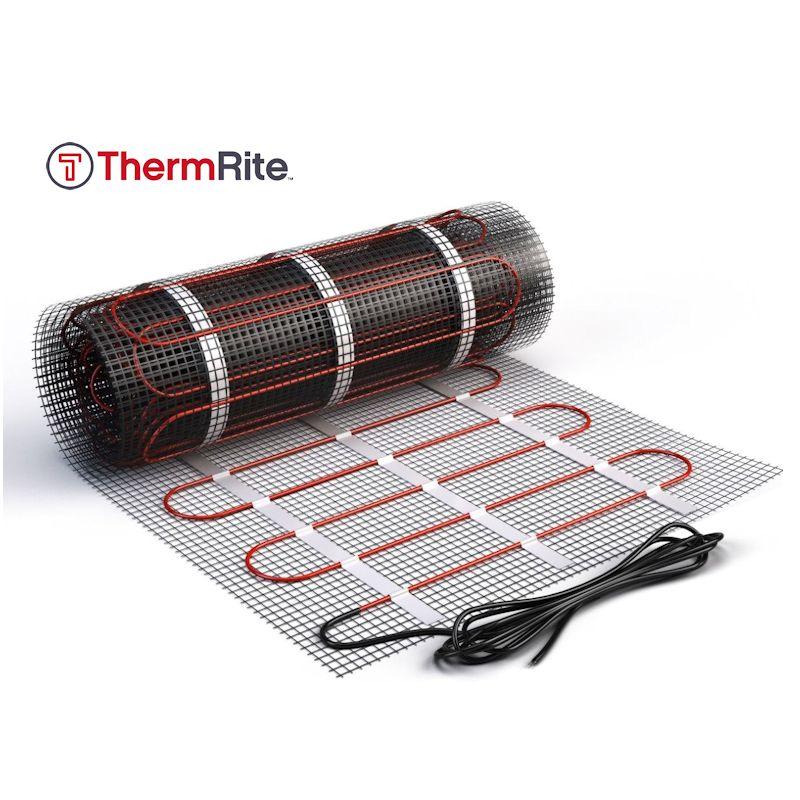Underfloor heating, also known as radiant heating, has gained significant popularity due to its numerous benefits over traditional heating systems. One crucial factor to consider when utilizing underfloor heating is how long it takes to heat up a room effectively. While this may vary depending on several factors, including the system design, heat source, and flooring type, a general understanding of the heating process and guidelines can provide insight into the expected timeframe.
The heating time of underfloor heating primarily depends on the system’s heat source. There are two primary types of underfloor heating systems: hydronic and electric. Hydronic systems circulate warm water through pipes beneath the floor, while electric systems use heating cables or mats directly installed on the subfloor. Typically, hydronic systems tend to take longer to heat up due to the time required to warm the water. On the other hand, electric systems have a faster response time since the heating elements are directly in contact with the floor’s surface.
However, it is important to note that the timeframe for underfloor heating to reach its desired temperature also depends on the specific room conditions such as insulation values of walls, floors, ceilings, windows and doors, and the floor covering used. Rooms with high vaulted ceilings or poor insulation may take longer to heat up compared to smaller, well-insulated spaces. Similarly, certain floor coverings, such as thick, high TOG carpets or natural stone tiles, may act as insulators and slow down the heating process. Consequently, it is essential to consider these factors when estimating the time taken for underfloor heating to become effective.

Installing an appropriate thermostat is another crucial aspect that influences the heating time. A programmable thermostat can regulate the underfloor heating system based on the desired temperature and time settings. Modern programmable thermostats offer the convenience of preheating a room before its use, ensuring a comfortable temperature upon entry. By programming the thermostat in advance, users can ensure that the heating system will reach the desired temperature within a specified timeframe.
Ultimately, there is no fixed duration for underfloor heating systems to reach their desired temperature, as several variables come into play. It is important to consider room size, insulation, floor covering, and programmable thermostat settings when estimating the heating time. Regular maintenance, such as bleeding air from hydronic systems or ensuring proper electrical connection for electric systems, can also contribute to efficient and prompt heating.
In conclusion, the duration for underfloor heating systems to heat up is dependent on various factors, including the heat source, room conditions, floor covering, and thermostat settings. While hydronic systems generally take longer due to the warm water circulation, electric systems have a faster response time. Room size, insulation, and the type of floor covering can also influence the heating time. To ensure efficient and prompt heating, it is important to consider these factors and regularly maintain the underfloor heating system. By doing so, individuals can enjoy the comfort and benefits provided by this modern heating technology.



